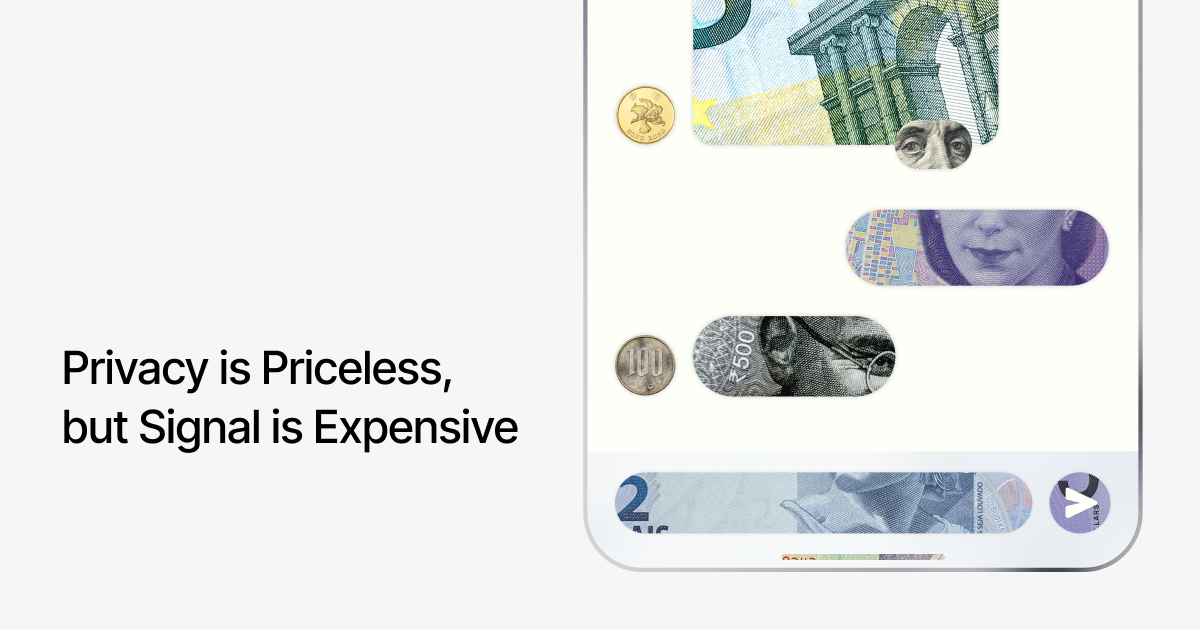

Telegram never was private, group chats never were encrypted (and that’s not an opinion: the feature simply is missing). If anything, they are just removing their false and deceiving claims. That they remained there for so long is something I can’t wrap my head around.






I’m sure many did, but I’m also pretty sure it’s easy to draw a line between code assistance and LLM-infused code generation.